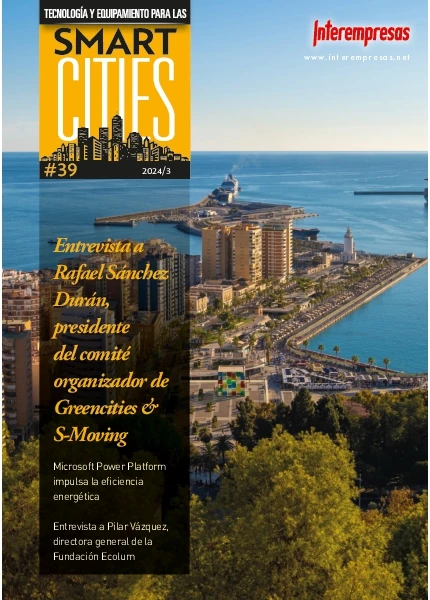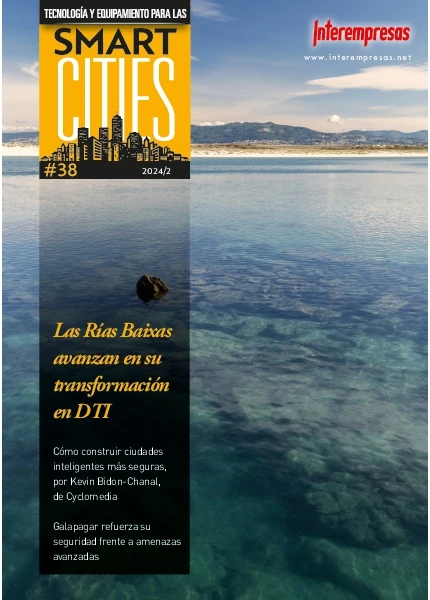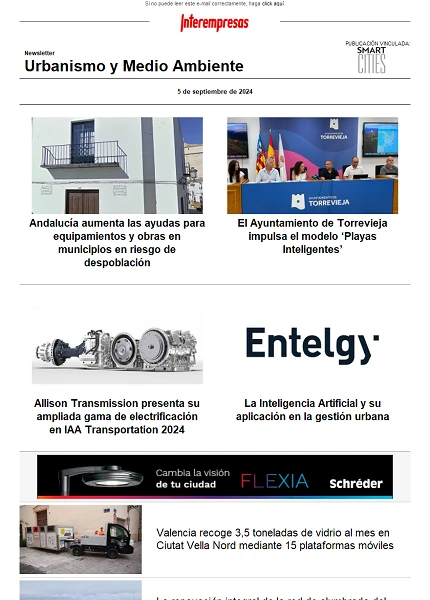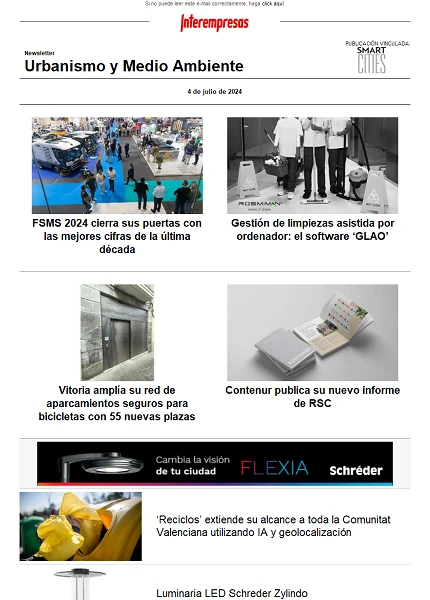Efficient solutions of public lighting and of conservation of the quality of the sky
8 June 2012
Philips And the IAC have worked closely during more than a year in the development of a solution to endow to the cities of a lighted up efficient and of big quality during the hours of economic and tourist activity, but that, at the same time, adapt from the morning to a type of lighted up totally innocuo for the measurements astrophysicists, as those that realises the IAC from his observatory in the island of La Palma.
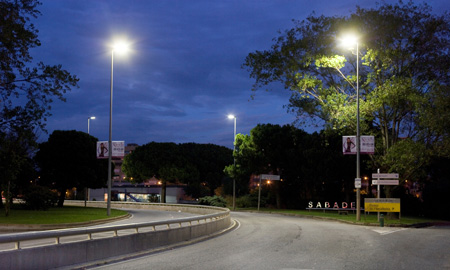
In addition to Canaries, another of the regions in which it exists a strong worry by the pollution lumínica is the sureste Andalusian, where find the observatories of Calar High (Almería) and Saw Nevada (Granada). So much these two observatories like the IAC are active members of the international initiative Starlight, that has like aim recover the quality of the sky for the observations astrophysicists in the places and natural reservations and in the cities that want to recover the wealth of his nocturnal skies and reduce his levels of pollution lumínica.
Advantages of the systems of double lighted up
The solution contrived by Philips is the first luminaria with double system of lighted up, that consists of two plates. By a part, a plate LED of technology Ledgine that issues a white light of high quality, reproduces the colours in an upper index to the 80 on 100 and, thanks to the optical control of a multilayered system, generates a light of big uniformity and low glare. This allows to light the streets with a lot of less power but providing to the citizens a greater feeling of hygiene and confort. Like this, it elevates the habitabilidad of the cities, generating greater economic activity, at the same time that it optimises the use of the energetic and environingingmental resources, since it allows to achieve in a lot of cases savings of more than 80% of power with regard to the traditional systems.
But the main novelty of this solution is in the another plate of the luminaria, that has to light of opposite way to the previous. It treats of a type of light that works from the morning, moment in which they begin the observations astrophysicists. It is also a plate LED with technology Ledgine, but that uses LEDs special monochromatic, whose main advantage is that his spectrum lumínico does not interfere the measurements astrophysicists, since it is filtered automatically.
Besides, thanks to the advanced multilayered optical system employee, the light directs with precision to the zones of street that wishes , with what does not waste light and does that the solution was until 50% more efficient that the current, that was formed by lamps of low sodium pressesure, that have been during more than 50 years considered like the most efficient solution.
When using in his whole the technology LED, this solution of Philips achieves greater energetic profits, thanks to the possibility to give intelligence to the network of lighted up and like this can regulate the flow lumínico in the hours in which there are fewer people, and even reduce the light of automatic way when detecting the human activity by means of the use of the system Lumimotion, that already uses in other Spanish municipalities. With this system, achieves that more than 80% of the night the lighted up work to the minimum power, since there is not absolutely anybody in this moment, what supposes 80% of additional saving and allows to reduce the consumption of both types of lighted up to 10% and recover 100% of the lighted up when a person was in the street, what guarantees a greater hygiene that the one who provides any another previous system.
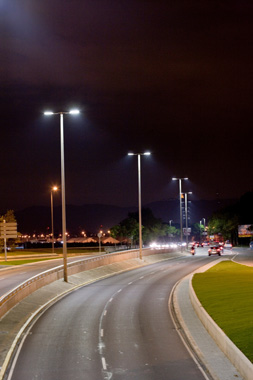
Technology LED for the cities of the future
If we take into account that two of each three people will live in big cities in 2050, the challenges that face the designers and agents of the urbes are increasing. The technology LED, together with the systems of control and management, turns into the big ally in the design of the lighted up of the cities.
Between his advantages find the long length (until 60.000 hours, what guarantees that these luminarias do not have to be repaired in more than 25 years), the low consumption and the absence of heavy and dangerous metals like the mercury, that yes contain the traditional technologies and that hamper his recycling, that do of this technology the best option for the lighting of streets and buildings. Besides, another of the advantages is the possibility of regulation and management to distance, what increases the energetic effectiveness of the installation.
By the profits and the evolution of this technology, foresees that in the year 2020 more than 75% of the lighted up world-wide use LED, although to day of today, the immediate environingingmental profits and futures are already so notable that foresees an immediate adoption of these solutions in zones protected, like the devoted to the observation astrophysics, and therefore, a positive effect on the footprint of carbon.

